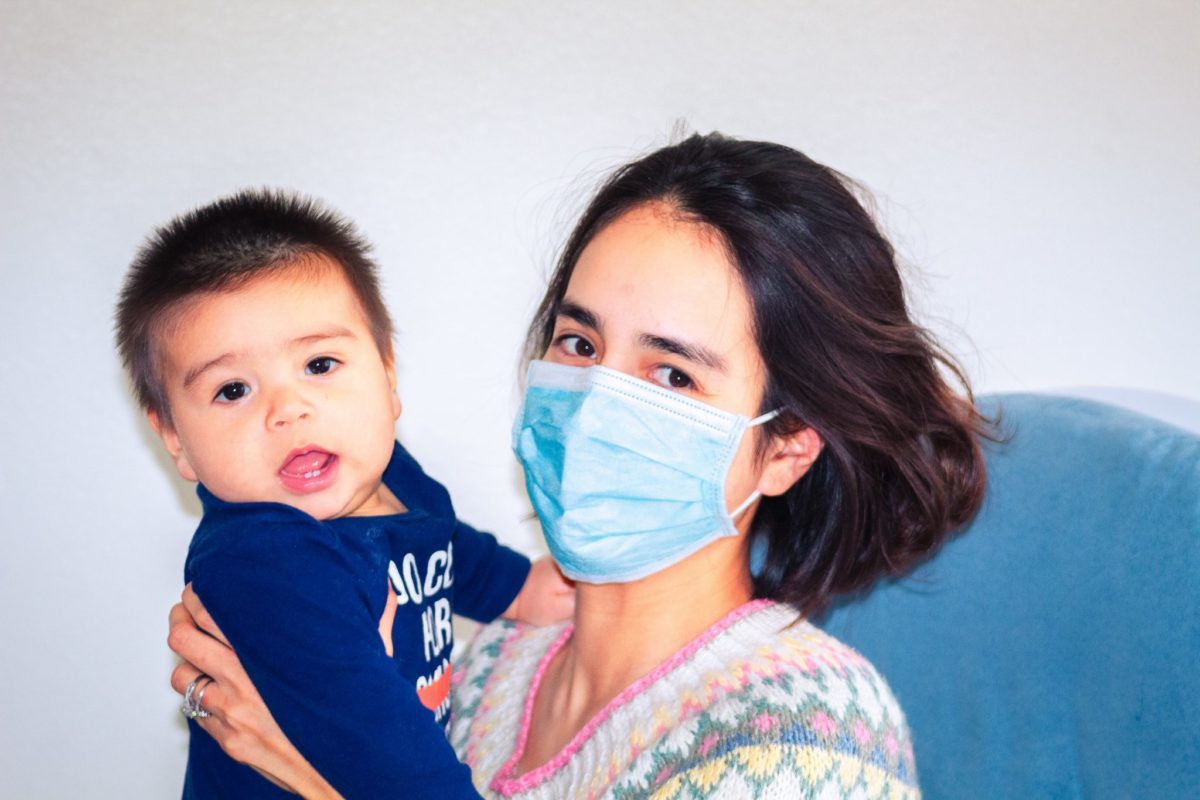Early estimates of the indirect effects of the COVID-19 pandemic on maternal and child mortality in low-income and middle-income countries: a modelling study
Published: May 12, 2020
Publication: The Lancet: Global Health
Authors: Timothy Roberton, Emily D Carter, Victoria B Chou, Angela R Stegmuller, Bianca D Jackson, Yvonne Tam, Talata Sawadogo-Lewis, Neff Walker, PhD
Read the original article here.
* While this article covers multiple causes for the increased number of child deaths, this post mainly focuses on the wasting-related projections.

Child deaths per month (figure from page 5)
Summary:
- Not only will the COVID-19 virus kill people directly, many people will also die because the indirect effects of COVID-19 mean they have less access to high-quality food and healthcare.
- The study used the Lives Saved Tool to predict what would happen if access to healthcare decreased by three different amounts:
-
- Least severe scenario: Access to healthcare decreases by 9.8–18.5% and wasting increases by 10%
- Moderately severe scenario: Access to healthcare decreases by 18.6–39.2% and wasting increases by 20%
- Most severe scenario: Access to healthcare decreases by 39.3% – 51.5% and wasting increases by 50%.
- While all these predictions are based on best guesses, The World Food Programme has warned that the number of people facing food crises could double because of the pandemic, so a 50% increase in cases of wasting is possible.
- In each of the three scenarios, rates of wasting would increase and more kids would die, but the numbers differ depending on the severity of the scenario.
- The scenarios would have the following effects on children:
- Least severe scenario: 253,500 additional child deaths
- Moderately severe scenario: 447,180 additional child deaths
- Most severe scenario: 1,157,000 additional child deaths
Of these increased deaths, 18%-23% would be caused by wasting – the single largest cause of child mortality in these scenarios.
- The authors draw three main conclusions from their work:
- When deciding how to respond to the pandemic, governments need to weigh the benefits of social distancing against not only the economic costs, but also the dangers of limiting access to routine healthcare.
- In a limited resource environment, policymakers may need to prioritize interventions with the highest potential impact including ready-to-use therapeutic foods for wasting treatment.
- Once the pandemic is over, we must restore health services as quickly as possible so that people don’t get out of the habit of seeking out routine healthcare that saves lives and prevents serious health outcomes down the road (*such as severe malnutrition).
Key Quote
“There has been debate around the trade-off between establishing movement restrictions and minimising disruptions to business and economies. Our results show that the indirect effects of the pandemic are not merely economic. If the delivery of health care is disrupted, many women and children will die. Thus, while public health experts are advocating for social distancing, there is also a public health case for ensuring access to routine care.” (Page 7)
“In our scenarios, increases in childhood wasting accounted for 18–23% of additional child deaths. Although our assumptions for this were speculative, we are confident that, if wasting does increase, it will contribute greatly to child mortality.” (Page 7)
Useful Facts
- Experts predict that 18%-23% of the additional child deaths caused by the secondary effects of COVID-19 will be caused by wasting.
- If wasting increases by 50%, an additional 50,000 children could die every month.

